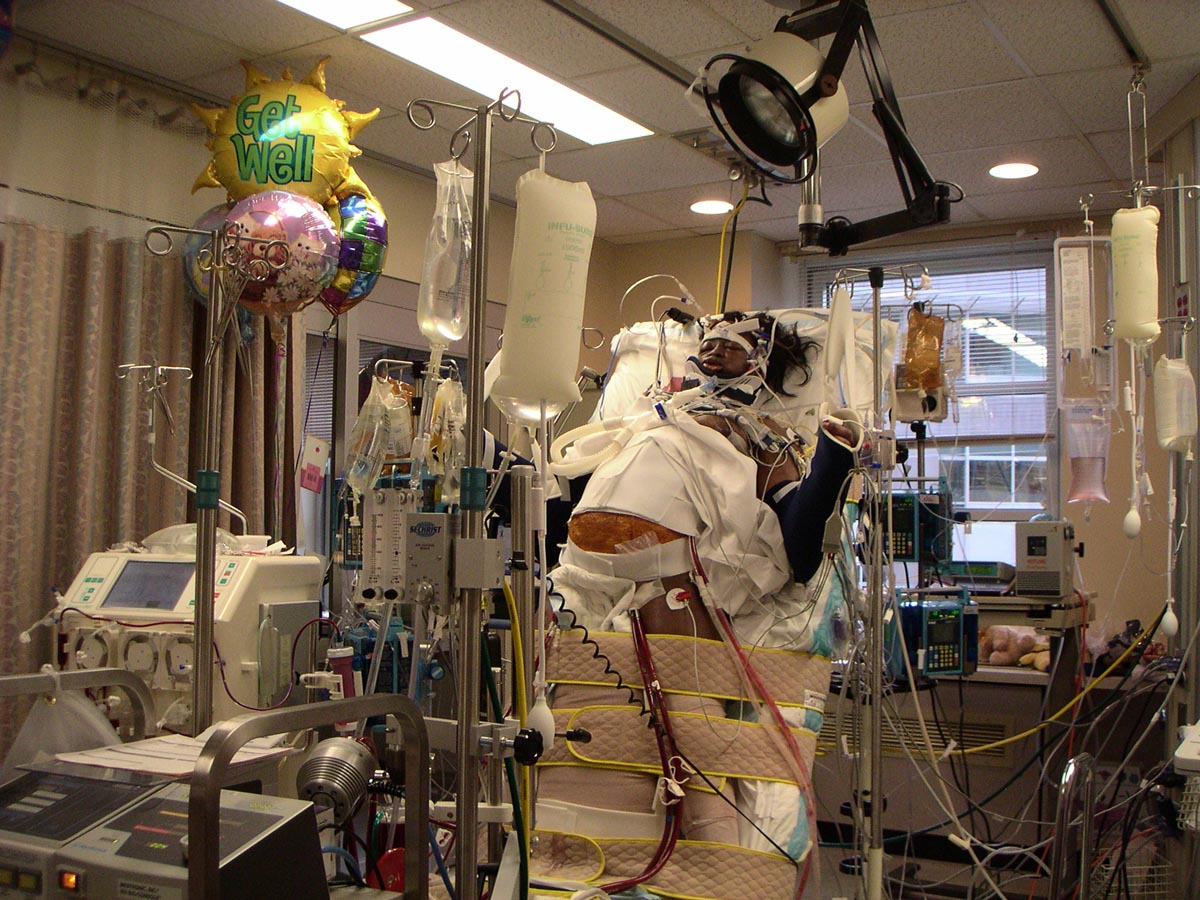

Regardless of whether bleeding is controllable or uncontrollable after HS, basic studies have uncovered the crucial role of TH in improving survival outcome, apoptosis, oxidative stress and organ injury, organ performance, and visceral permeability. These studies are designed to explore whether TH would be a useful strategy to treat traumatic HS.

Currently, mild and deep to profound hypothermia are mostly studied in the setting of HS. It has been suggested that mild hypothermia is easier to implement and more feasible compared with moderate and deep hypothermia. On the other hand, moderate and deep hypothermia (<30☌) had been the primary interest in HS until the late 1990s, when mild hypothermia was introduced. Meanwhile, the development of the trauma 'triad of death' undoubtedly discouraged all previous studies. Clinical translation has been impeded by safety considerations since laboratory findings were often inconsistent, even with the same methodology and depth of hypothermia.
#Shock trauma trial#
However, the first clinical trial in this field was not approved until 2011. Over the following decades, more studies regarding TH in HS have been published, with two-thirds published in the last 20 years.

The use of TH in HS was first proposed in the early 1940s. Therapeutic hypothermia in (traumatic) hemorrhagic shock: a brief history of studies Considering the wide range of TH temperatures used in basic trauma studies, hypothermia in this paper is classified as described previously into five levels: mild (33 to 36☌), moderate (28 to 32☌), deep (16 to 27☌), profound (6 to 15☌), and ultra-profound (<5☌). Our review provides novel insights into the field and proposes a new initial hypothetical algorithm for use of TH in trauma and HS in the future. In this article, we systematically review current studies regarding TH in HS and assess the potential of TH with regard to translation from basic research to clinical practice.

Because of its various adverse effects, TH has not been attempted in clinical treatment of HS. However, due to differences in methodology and animal models, the results remain inconclusive. Recent studies have focused on its potential role in traumatic HS. Up to now, it has been broadly used in cardiovascular surgery but has also been recommended for treatment of cardiac arrest, severe traumatic brain injury, near-drowning, ischemic stroke, neonatal hypoxic-ischemic encephalopathy, and spinal cord injury. Therapeutic hypothermia (TH) has been introduced into the treatment of human disease. Patients severely wounded in combat may still die even with adequate circulating blood volume and indicators of improving physiology. Although 20% of deaths after HS are considered as avoidable, current practice does not improve survival rate significantly. Among those found dead upon the arrival of emergency medical services personnel, exsanguination continues to be the most common cause of death. Unfortunately, an estimated 56% of deaths occur during the pre-hospital period and 50% of patients died within 24 hours after admission as a result of hemorrhagic shock (HS). Hemorrhage remains the primary potentially preventable cause of death on battlefields and the second leading cause of death in civilian trauma.


 0 kommentar(er)
0 kommentar(er)
